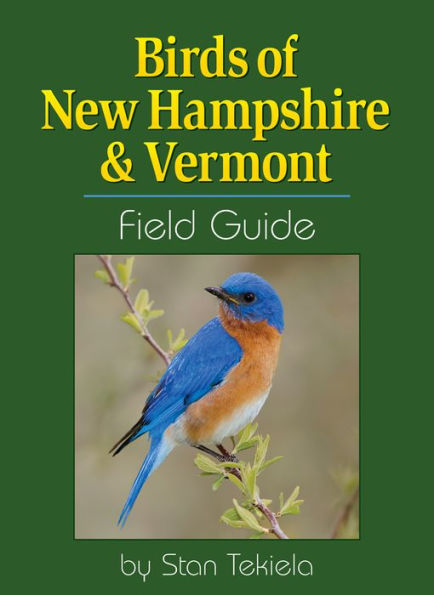Table of Contents
Species List
Blackbird, Red-winged
Bluebird, Eastern
Bobolink
Bufflehead
Bunting, Indigo
Cardinal, Northern
Catbird, Gray
Chickadee, Black-capped
Chickadee, Boreal
Collared-Dove, Eurasian
Coot, American
Cormorant, Double-crested
Cowbird, Brown-headed
Creeper, Brown
Crow, American
Crow, Fish
Dove, Eurasian Collared-
Dove, Mourning
Duck, American Black
Duck, Ring-necked
Duck, Wood
Eagle, Bald
Egret, Great
Falcon, Peregrine
Finch, House
Finch, Purple
Flicker, Northern
Flycatcher, Great Crested
Gnatcatcher, Blue-gray
Goldeneye, Common
Goldfinch, American
Goose, Canada
Goose, Snow
Grackle, Common
Grebe, Pied-billed
Grosbeak, Evening
Grosbeak, Pine
Grosbeak, Rose-breasted
Grouse, Ruffed
Grouse, Spruce
Gull, Great Black-backed
Gull, Herring
Gull, Ring-billed
Harrier, Northern
Hawk, Broad-winged
Hawk, Cooper’s
Hawk, Red-shouldered
Hawk, Red-tailed
Hawk, Rough-legged
Hawk, Sharp-shinned
Heron, Black-crowned Night-
Heron, Great Blue
Heron, Green
Hummingbird, Ruby-throated
Jay, Blue
Jay, Gray
Junco, Dark-eyed
Kestrel, American
Killdeer
Kingbird, Eastern
Kingfisher, Belted
Kinglet, Golden-crowned
Kinglet, Ruby-crowned
Lark, Horned
Loon, Common
Mallard
Martin, Purple
Meadowlark, Eastern
Merganser, Common
Merganser, Hooded
Mockingbird, Northern
Nighthawk, Common
Night-Heron, Black-crowned
Nuthatch, Red-breasted
Nuthatch, White-breasted
Oriole, Baltimore
Oriole, Orchard
Osprey
Owl, Barred
Owl, Eastern Screech-
Owl, Great Horned
Pheasant, Ring-necked
Phoebe, Eastern
Pigeon, Rock
Plover, Black-bellied
Raven, Common
Redpoll, Common
Redstart, American
Robin, American
Sandpiper, Spotted
Sapsucker, Yellow-bellied
Scaup, Lesser
Screech-Owl, Eastern
Shoveler, Northern
Siskin, Pine
Sparrow, American Tree
Sparrow, Chipping
Sparrow, Fox
Sparrow, House
Sparrow, Song
Sparrow, White-crowned
Sparrow, White-throated
Starling, European
Swallow, Barn
Swallow, Tree
Swan, Mute
Swift, Chimney
Tanager, Scarlet
Teal, Blue-winged
Teal, Green-winged
Thrasher, Brown
Thrush, Hermit
Thrush, Wood
Titmouse, Tufted
Towhee, Eastern
Turkey, Wild
Vulture, Turkey
Warbler, Black-and-white
Warbler, Chestnut-sided
Warbler, Magnolia
Warbler, Palm
Warbler, Pine
Warbler, Prairie
Warbler, Yellow
Warbler, Yellow-rumped
Waxwing, Bohemian
Waxwing, Cedar
Wigeon, American
Woodpecker, Downy
Woodpecker, Hairy
Woodpecker, Pileated
Woodpecker, Red-bellied
Wren, Carolina
Wren, House
Yellowlegs, Greater
Yellowthroat, Common



